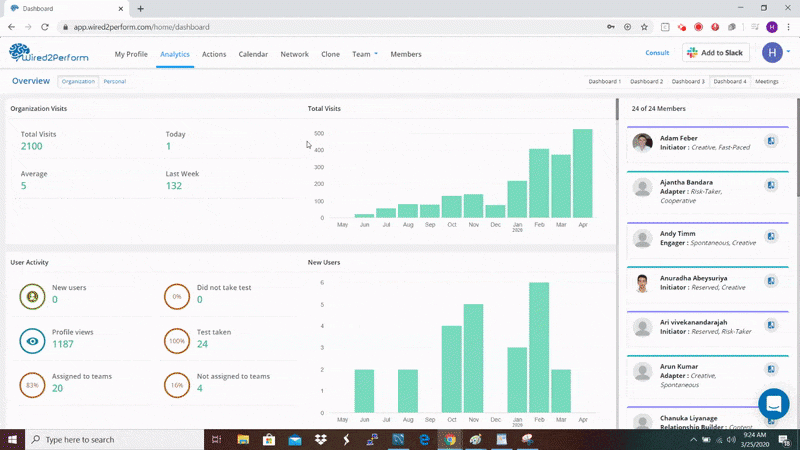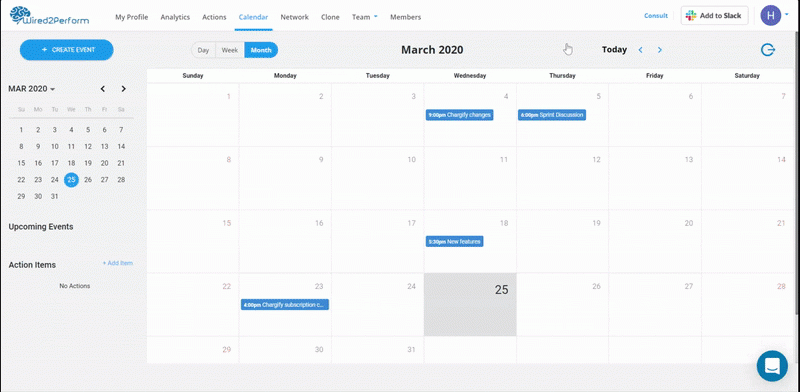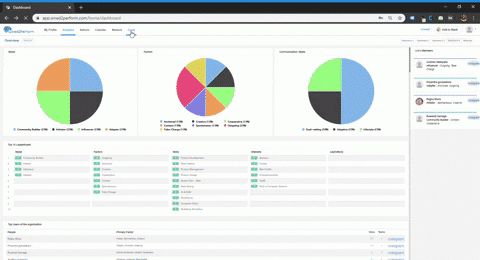
Many of us have been thrust overnight into working from home with our teams. After years of face to face collaboration, we’re navigating a new way to work together – and we’re all learning how to do this in real-time.
In the last week I’ve seen people sharing valuable resources around the tech and tools we can use to connect: for example, virtual rooms courtesy of Zoom and project channels thanks to Slack! What I haven’t seen are resources dedicated to helping us become more productive, collaborative humans as we enter these virtual rooms without the benefit of getting to know each other first.
The challenge of staying focused on long calls aside, understanding each other’s communication styles and how to best to share information with each other in the context of a meeting is truly the key to productive meetings and collaboration.
From now on, we’re going to “meet” more and more of our team members remotely from the get go. We’ll be meeting them in the flow of work, without the luxury of knowing much more about them than what we can see on a LinkedIn profile.
● We need an efficient way to know each other’s communication styles, skills and strengths as we enter a meeting.
● We need real-time tips on the most productive way to show up to each meeting, depending on who else is ‘in the room.’
● We need to understand who can pinch hit for ourselves or another teammate if or when we can’t show up.
My team has been developing a behavioral science tool that helps people understand each other’s strengths, interests, talent potential and aspirations. In addition, our tool helps team members instantly see each other’s preferred communication styles and understand how to best present information to each other. As of this writing, we’ve pushed the Wired2Perform tool into Slack! And we’re offering a FREE 90 day trial to teams and team leaders. Our hope is that each individual’s dynamic W2P profile shrinks the distance between saying “Hello” and saying ‘Hey, I’ve got your back on this!”
Here are four key features purpose-built for our new collective reality:
Get a global view of hundreds of insights re: the kind of talent you have access to, thru which you can identify patterns and people for various strategic and tactical planning initiatives.

We’re having more conversations with more people we’ve never met on collaborative threads in tools like Slack, Microsoft Teams etc. W2P embeds behavioral profiles within Slack! Channel Avatars helping team members instantly understand the best ways to communicate with each other, right in the flow of a conversation.

We’re having more virtual meetings than ever before. W2P gives meeting attendees a fast way to ‘read the room/meeting’ and prepare for more productive meetings. One-click on the calendar shows what kind of personalities you’ve invited to the meeting and instantly shows where you may have gaps in creativity, decision-making abilities and follow through. Over the next few weeks, we will be adding many features that will further help in improving the productivity levels in meetings.

We’re relying on each other to stay flexible, think outside the box ~ and cover for each other! W2P helps us ‘clone’ our own skills or the skills of our key team members to quickly see who has hidden talents we can repurpose or who needs the smallest amount of reskilling or upskilling to step up and perform.
As we collectively recalibrate to the NOW OF WORK, we have the opportunity to stay human and see each other for our evolving skills, changing aspirations and growing potential. Our purpose is to build Wired2Perform into an accessible talent marketplace that helps teams and their leaders collaborate better and stay productive for whatever comes next.
